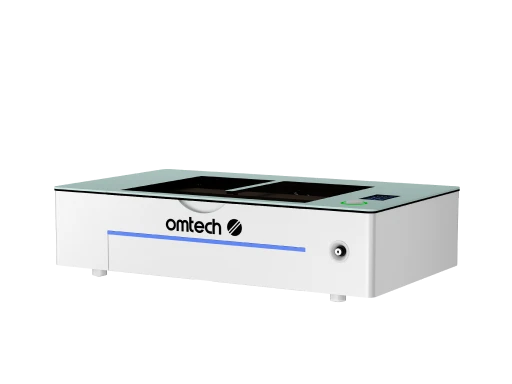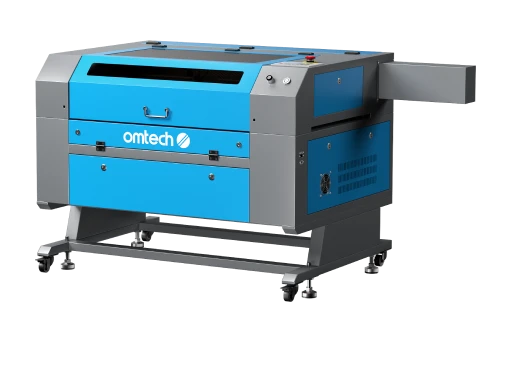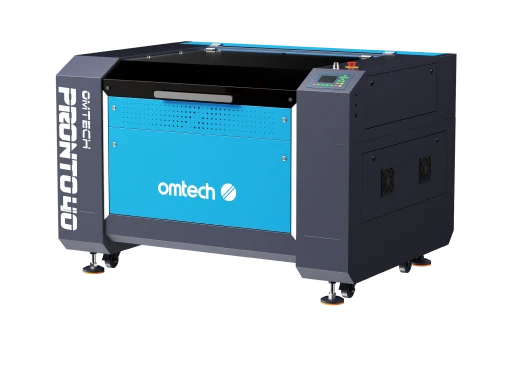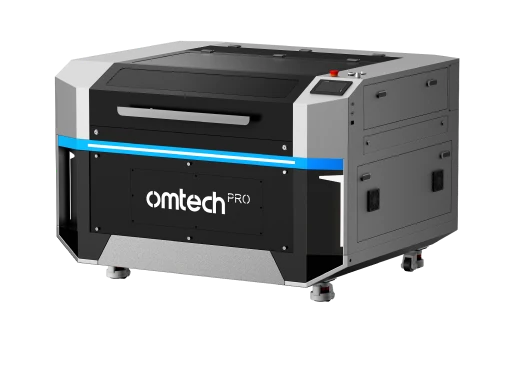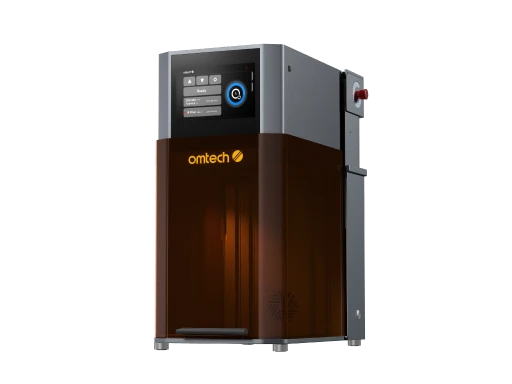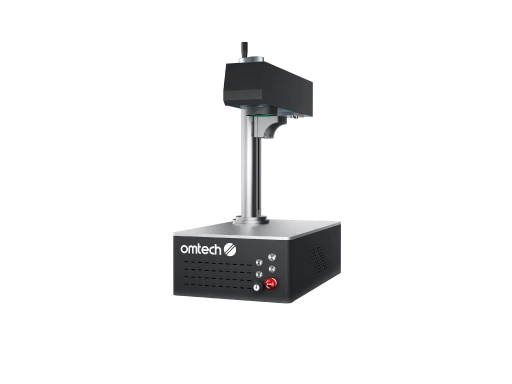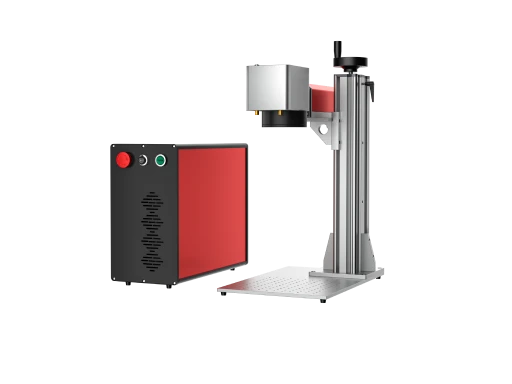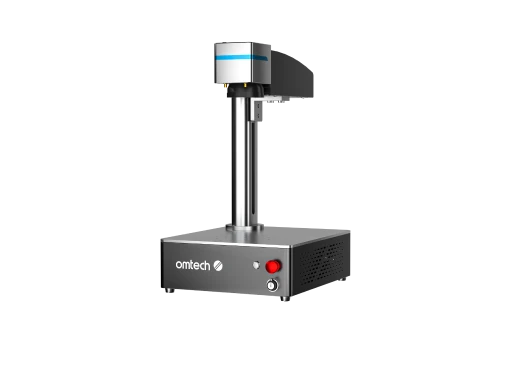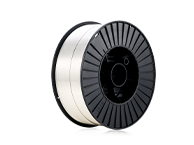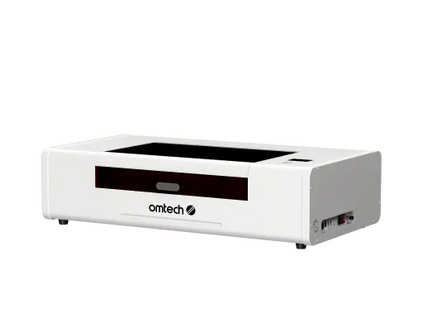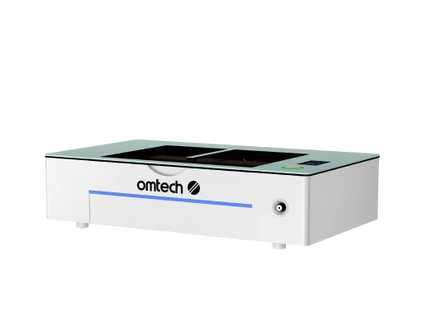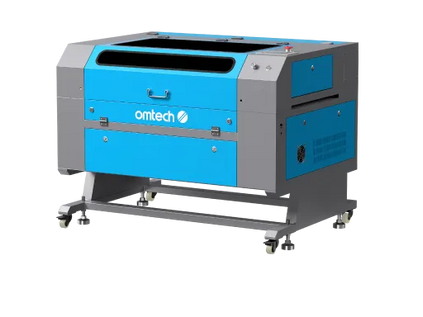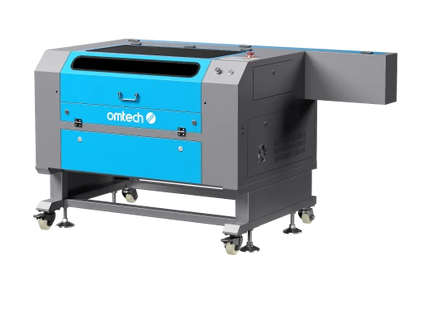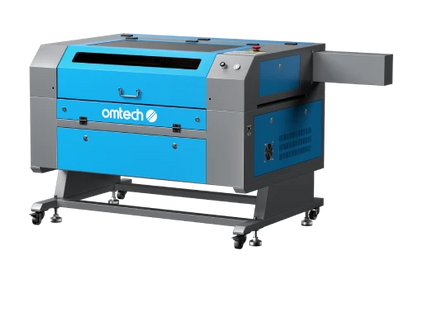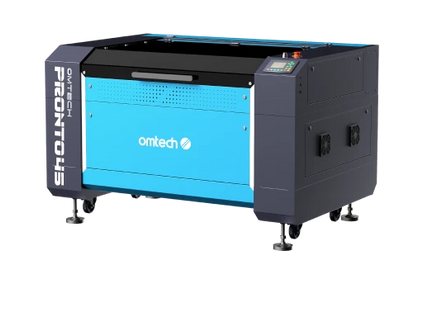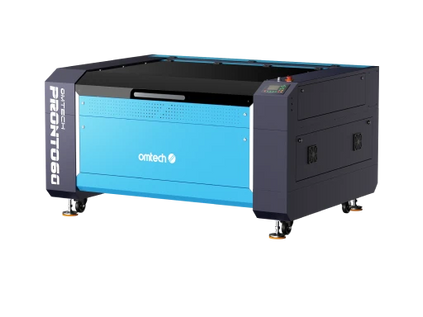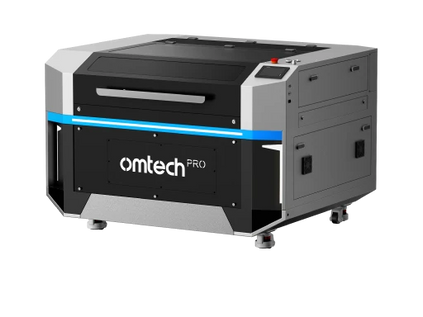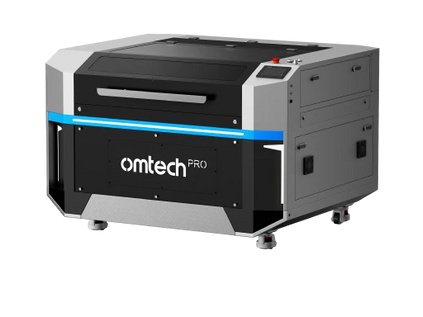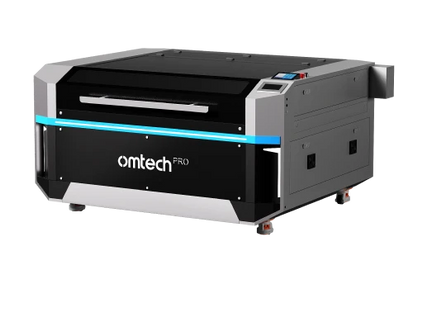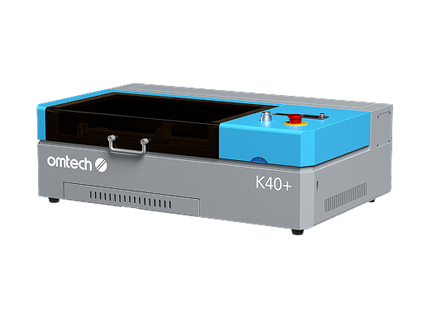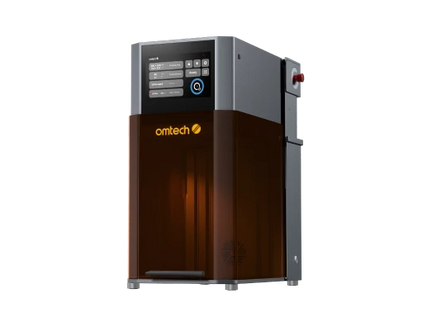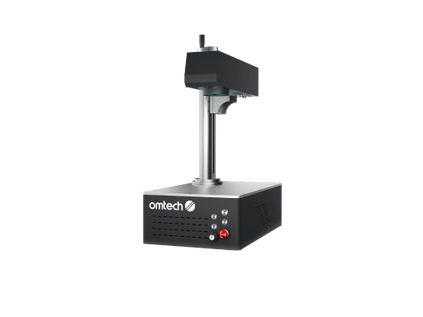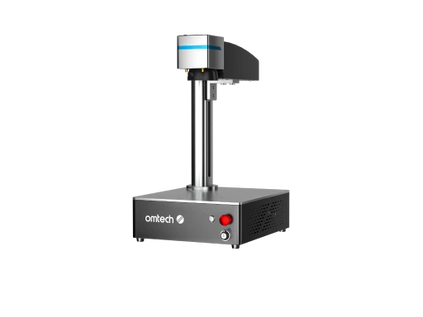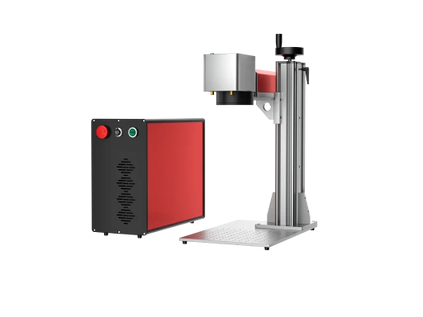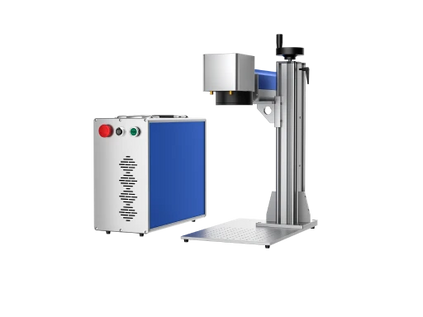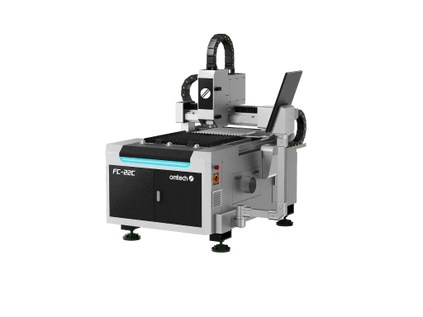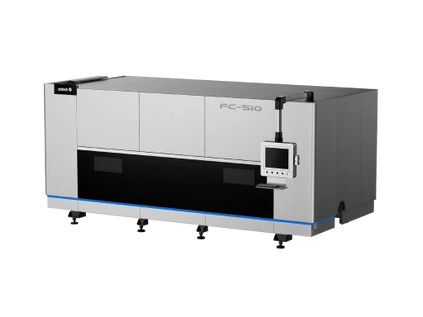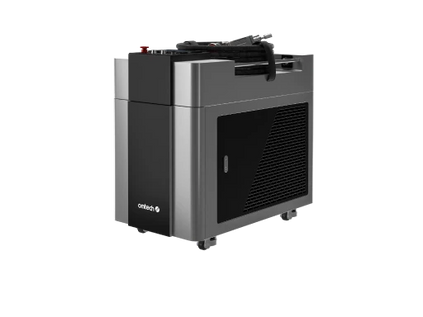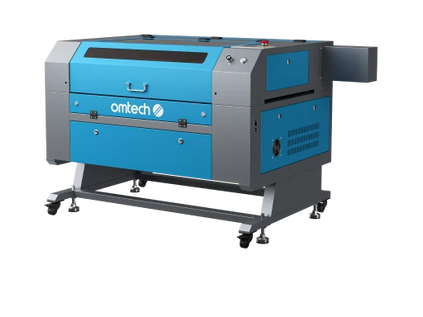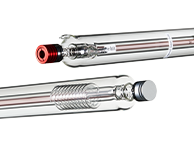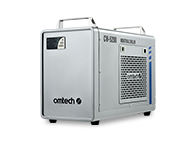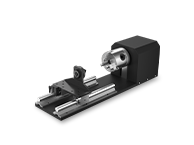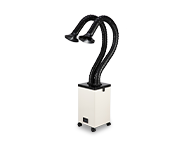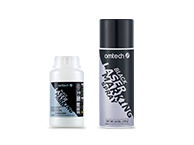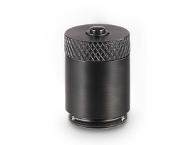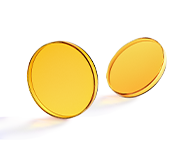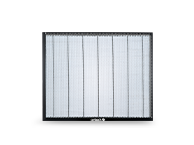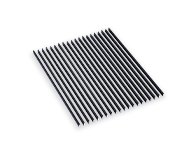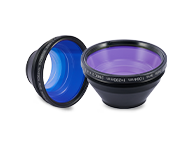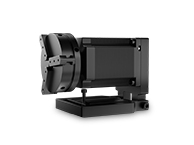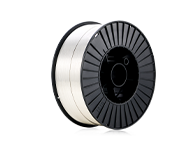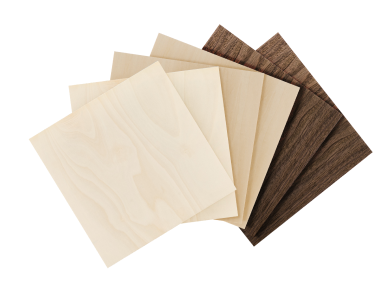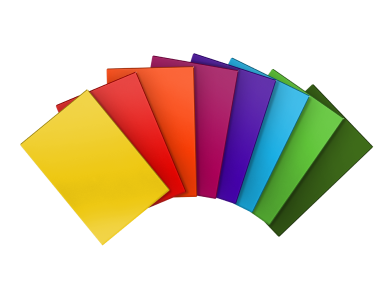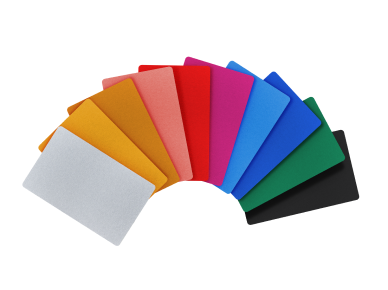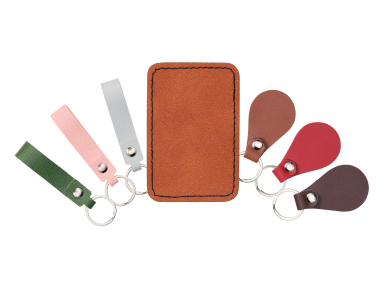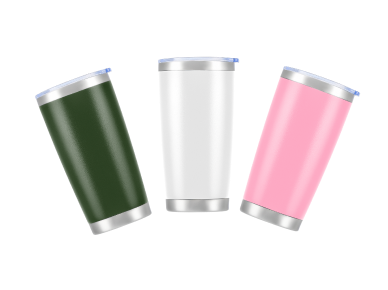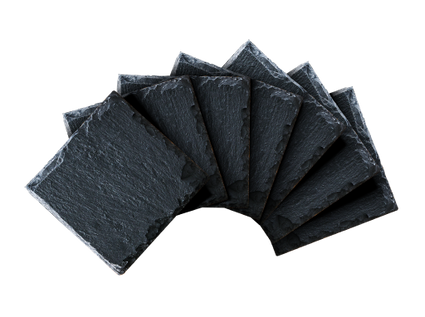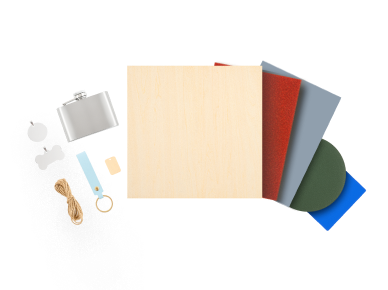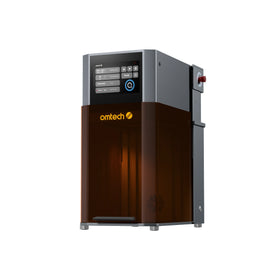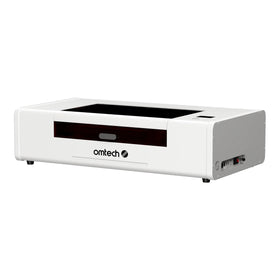DTF vs. Sublimation: What You Need to Know

When customizing apparel or merchandise, two methods often come up in conversation: DTF vs sublimation. Each has its own workflow, material constraints, costs, and finishing characteristics. To make the right decision for your brand, project, or business, you need to understand both sides of the sublimation vs DTF debate. Below is a breakdown of both processes and a guide to picking the right tool for your needs.
What Is DTF Printing?
DTF (Direct-to-Film) printing is a digital transfer-based process. You begin by printing the design onto a special PET (polyethylene terephthalate) film using ink. Then you apply a fine adhesive powder while the ink is still wet, curing or heating the film just enough to bind the ink and adhesive together. Finally, you place the film onto your garment (or fabric) and use a heat press to transfer the image. After pressing, the film is peeled off, leaving the ink + adhesive bonded to the fabric’s surface.
Because of that process, DTF printing can be used on a wide range of fabrics—cotton, polyester, blends, nylon, fleece, and more. That flexibility is one of DTF’s major advantages.
DTF prints tend to sit on top of the fabric (rather than being infused), so the texture can be a little different—there is a “hand” to the print. Over time and with proper pressing, the feel softens somewhat.
What Is Sublimation?
Sublimation, also called dye-sublimation, is a process where specially formulated inks are turned into gas under heat and then bonded into synthetic or polyester fibers. Rather than sitting on top of the fabric, the ink becomes part of the fabric itself, resulting in a very smooth, soft finish with no raised texture.
However, sublimation has more restrictive fabric requirements. It only works well when the material is largely polyester or a polymer-coated substrate (or synthetic surfaces). It doesn’t work well on cotton or dark-colored fabrics, because sublimation inks are transparent and require a light background to show color vibrancy.
Additionally, because the ink is infused into the fibers, there is no texture change or raised layer—the print feels like part of the garment.
Comparing DTF vs Sublimation: Pros & Cons
Fabric Compatibility & Versatility
One of the clearest distinctions in the DTF transfer vs sublimation debate is which fabrics each handles. DTF shines in versatility: you can print on cotton, blends, polyester, and more. Sublimation is far more limited—it performs best on polyester or coated synthetic fabrics and lighter colors.
So if you plan to offer cotton T-shirts alongside performance wear, DTF gives you greater flexibility.
Visual Quality & Color Vibrancy
Both methods can yield high-resolution, vibrant prints with excellent detail and gradients. With sublimation vs DTF, sublimation has the advantage of color being embedded in the fibers, which makes it resistant to fading, cracking, or peeling. Because of its infusion into the material, the print tends to last a very long time under normal conditions.
DTF prints, in contrast, are somewhat more vulnerable to edge lifting or slight cracking under very aggressive use or high-heat washing, especially if pressing or adhesive quality is subpar. But with good technique and proper post-pressing, DTF prints still hold up well.
Texture and Feel
Sublimation offers a major advantage in comfort. Because the ink becomes part of the fabric, you don’t feel it—the garment maintains its original hand. This makes it especially attractive for all-over prints, sportswear, or apparel where comfort is key.
DTF prints, being transfers, add a slight texture. You can feel the design, particularly in solid or heavy print areas. For small logos or modest prints, this may be negligible. But for large print areas, the stiffness is more noticeable.
Print Area & Use Cases
Sublimation can cover entire garments (all-over prints), because the ink merges with the fibers. DTF transfers are more practical for placement printing (logos, chest pieces, sleeves) rather than full-garment coverage. Trying to DTF a full shirt can make it heavy, stiff, and reduce breathability.
So for designs that wrap all-around or cover large surface areas, sublimation often wins. For more standard, smaller artwork, DTF is ideal.
Cost, Setup & Workflow
Sublimation gear can be relatively low-cost to begin, especially if your projects and materials match its requirements (polyester, light colors). Transfers, papers, inks, and presses are broadly available.
DTF setups are generally more complex: you need film, adhesive powders, curing units, and more cleanup. But DTF also has advantages in rapid design changes, low minimums, and less risk if you’re doing many one-off prints.
Because sublimation doesn’t require an adhesive transfer stage, the workflow is simpler for suitable fabrics.
Choosing Between DTF vs Sublimation
When deciding whether DTF printing or sublimation is right for you, consider your product mix, design style, and customer demands.
If your lineup is primarily polyester performance wear, athletic gear, or items where all-over prints matter, sublimation is a powerful choice. You get durability, softness, and the ability to fully wrap designs. On the downside, you’re limited in fabric types and color on dark garments.
If you want to serve a broader range of fabrics (cotton, blends, jackets, fleece) or offer dark-color designs, DTF transfer vs sublimation may be the more versatile choice. DTF allows printing on dark fabrics with white underbase, works across more materials, and supports small runs well.
If your brand is growing and you mix garments, many businesses adopt a hybrid approach—use sublimation where it works best (poly, light colors, all-over prints) and DTF for everything else.
Final Thoughts
DTF vs sublimation is not a matter of one method being superior in all cases—the best choice depends on your designs, fabrics, and business strategy. Sublimation offers seamless feel, durability, and strength on synthetic fabrics. DTF gives you flexibility across materials, strong performance on dark fabrics, and the ability to change designs rapidly without screens or molds.
If you're entering the customization space and want to cover many materials and apparel types, DTF is a powerful tool. If your product niche aligns with synthetics and design wrap patterns, sublimation may shine.
Whichever route you take, make sure your process uses high-quality materials, proper pressing techniques, and care instructions that help designs last longer. Understanding DTF vs sublimation differences gives you confidence in choosing the right method for your brand’s vision.







